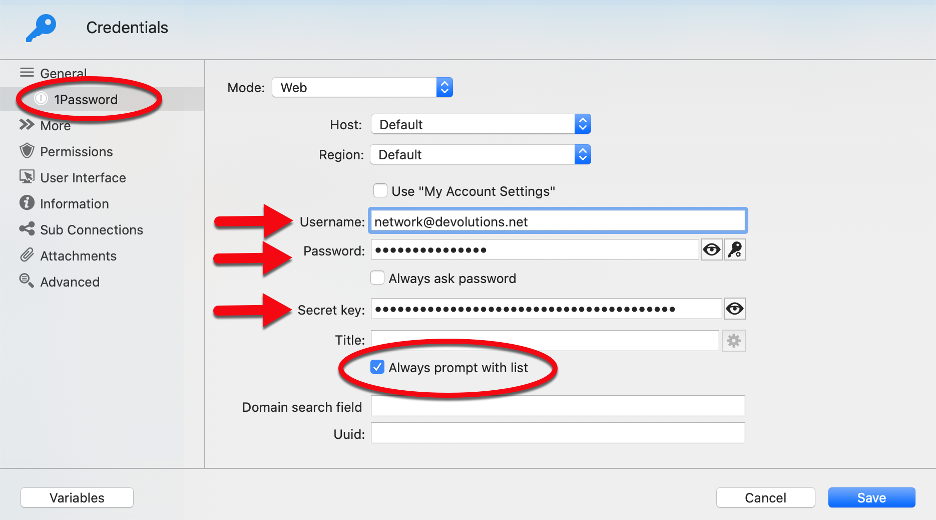

How to change the Terminal Server or Remote Desktop listening port It will also explain how connect to these services through the Remote Desktop Client using a custom port. This tutorial will explain how to change the port that your Terminal Services or Remote Desktop Services listen on.

It is not 100% foolproof and VPN services are much more secure, but it definitely goes a long way in securing your Terminal Server or Remote Desktop Server.

This significantly reduces your chances of having these services remotely hacked. Therefore, by changing the port that Terminal Services or Remote Desktop Services listens on, your computer would not show up when they scan IP addresses for 3389. As you can see, this process may be time consuming, but it's really not hard to do.

The hacker then takes this information, logs into the remote computers and does what they want, such as encrypting all your data and making you pay a ransom. This program runs until its done and then spits out a list of cracked accounts, passwords, and their associated IP addresses. They then load this list of IP addresses along with a custom or included user name and password list into the cracking software and let it run. They first use a port scanning tool to scan the Internet for IP addresses that have port 3389 open. The process is not only simple but pretty much automated for the hacker. This may seem like a hard task, but it is actually not difficult at all using free and publicly available tools. As Remote Desktop Services are configured by default to listen on TCP port 3389, all a hacker has to do is scan the Internet for computers that have that port open and then use a cracking program to try and crack the computer's accounts and passwords. This is a major security risk because it allows remote hackers to attempt to use password cracking attacks on your accessible servers in order to gain remote access. If no VPN is required, this means that the Terminal Server or Remote Desktop is publicly visible and allows connections from anyone on the network and in most cases the Internet. Many organizations that use Remote Desktop Services or Terminal Services are not using a VPN connection before allowing connections to their in-house servers or workstations.


 0 kommentar(er)
0 kommentar(er)
